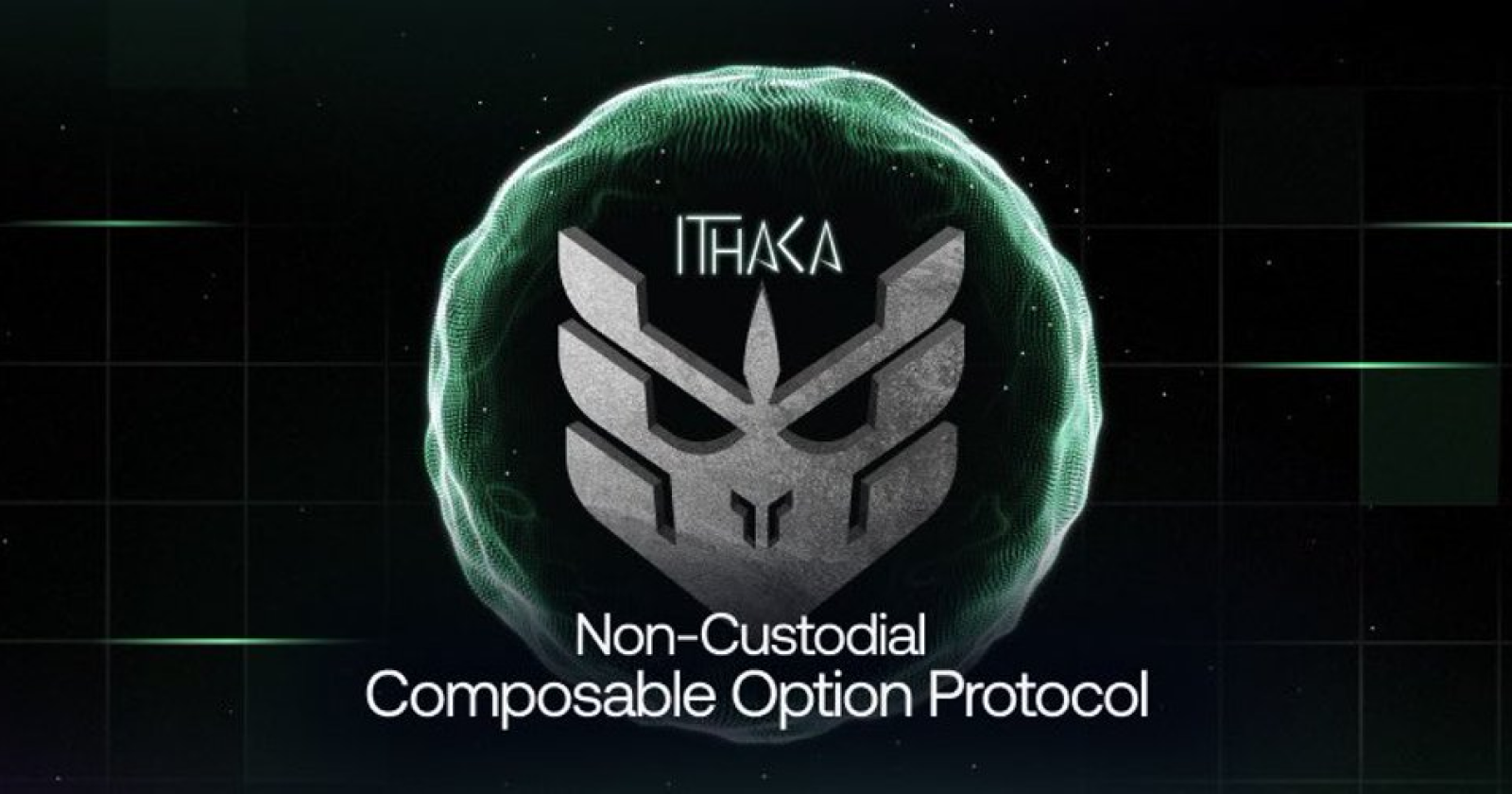Ithaca - Noncustodial Options Trading
 Jay Nalam
Jay Nalam
Hello Everyone..
Welcome to another day in exploring Web3 Engineering. Today, we are going to look into an EVM based options trading platform on the Arbitrum One network. So, without further ado, let’s get started.
What is Ithaca Protocol
Ithaca protocol is an auction based option trading platform on Arbitrum One. It is both decentralized and non-custodial and also performs off-chain order matching for providing options trading on EVM networks - Ethereum, Base, Polygon, Arbitrum One and Optimism. Ithaca uses auction based order matching to execute the user trades.
Auction Based Order Matching
Auction-based order matching is a way to buy and sell things (like stocks or cryptocurrencies) where buyers and sellers make their offers at the same time. Instead of just taking the first order that comes in, everyone gets a chance to compete for the best price.
In Ithaca, an auction is conducted for every 4 minutes and users are allowed to place traders in this time. Once the auction ends, the trade price is determined on which maximum number of order matching takes place by the trades received.
Technical Architecture:
Off-Chain Pre-Match Processing: Ithaca has a matching engine that runs off-chain, powered by auction-based mechanisms to determine the optimal liquidity provision and execute them.
On-Chain Post-Match Settlement: Once the trades are matched, the settlement takes place on-chain with smart contracts. Ithaca’s Collateral Optimization Engine is a crucial part of this phase, managing risk-sharing mechanisms and collateral.
Axelar Bridging - Ithaca provides cross-chain capabilities with cross-chain gateway protocol from Axelar bridge which provides bridging between multiple blockchains into Arbitrum network.
Orders
In Ithaca, traders are required to place only limit orders. Auction order matching doesn’t support market orders. User can either can place a basic order or a multi-leg condition order.
All the orders that are placed will stay in the order until it is cancelled or expired.
Auction Procedure
Frequent Batch Auctions (FBA)
As I said earlier, Ithaca conducts an auction for every 4 minutes. It is called Frequent Batch Auction. The orders that are matched at discrete times and are followed by the next FBA cycle continuously.

As we can see, there are 2 phases for an auction. They are:
Order Submission Period
During this period, users are allowed to place new orders or cancel their existing orders. But during this phase, no order matching takes place and match price is also not generated.
Each order submission period starts immediately after another and finishes when the Matching Period starts for that auction.
Matching Period
Matching period starts right after the submission period ends.
During this phase, the matching engine comes into play to match all kinds of orders.
Once the matching process completes, the engine determines a single price for the call and put options for the next cycle.
Any orders placed during the matching phase with price below than the estimated single price for the options are placed into a temporary queue to include in the next order submission phase.
Settlement
Automatic Settlement
By default, all contracts are auto-exercised at maturity if and only if the contract has enough and eligible intrinsic value. They can’t be exercised early.
Everything is ‘cash settled’ which means that no party involved in the transaction has to pay any extra funds at the time of settlement. The settlement payouts to the contract holders is done using the locked up collateral amounts.
Settlement Currency
Since ithaca uses collateral optimization, the currency that can be locked up as collateral is either USDC or the underlying asset. So that by using this collateral amount, settlement payout will be done in either of them. Ithaca also provides the ability for the users to chose the settlement currency.
For more detailed information, you can explore their official documentation.
Subscribe to my newsletter
Read articles from Jay Nalam directly inside your inbox. Subscribe to the newsletter, and don't miss out.
Written by

Jay Nalam
Jay Nalam
Hi, I'm Jay Nalam, a seasoned Web3 Engineer committed to advancing decentralized technologies. Specializing in EVM-based blockchains, smart contracts, and web3 protocols, I've developed NFTs, DeFi protocols, and more, pushing boundaries in the crypto realm.